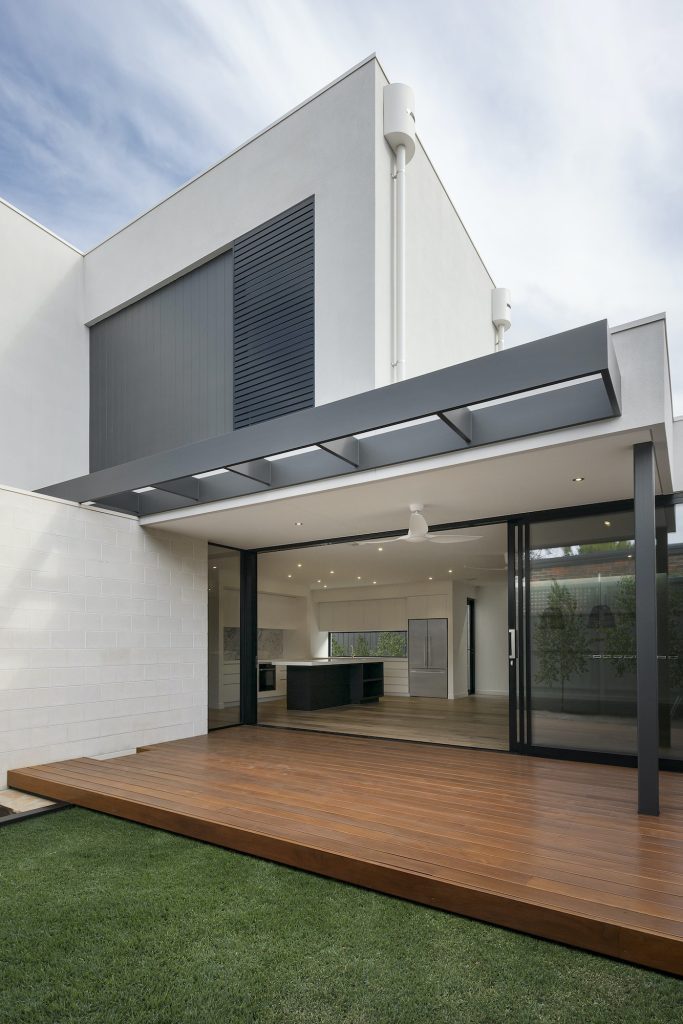In today’s ever-evolving business landscape, the need for long-term resilience has never been more critical. Entrepreneurs, C-suite executives, and decision-makers recognize that future-proofing their organizations is essential to not only survive but thrive amid the unpredictable challenges of the future. A significant component of this resilience lies in future-proofing facilities — the physical spaces where business operations unfold. In this essay, we will delve into strategies that cater to the specific needs of entrepreneurs and C-suite executives for ensuring the long-term resilience of their facilities, enabling them to navigate a dynamic and uncertain future successfully.
1. Adaptable Design and Flexibility
One of the key principles in future-proofing facilities is creating adaptable and flexible spaces. Entrepreneurs and C-suite executives should prioritize designs that allow for reconfiguration and scalability. The ability to swiftly reorganize workspaces, accommodate new technologies, and respond to changing market demands is essential. This can involve modular furniture, open floor plans, and smart building technologies that can be easily adjusted to meet evolving needs.
2. Technology Integration and Innovation
Embracing technology and innovation is crucial for future-proofing facilities. The integration of IoT (Internet of Things) devices, artificial intelligence, and automation can significantly enhance operational efficiency and adaptability. For example, smart sensors can monitor energy usage and provide data-driven insights for cost-saving measures. Entrepreneurs and executives should invest in technologies that facilitate remote facility management, predictive maintenance, and data analytics to make informed decisions.
3. Sustainability and Environmental Resilience
Sustainability is not just a buzzword; it’s a fundamental element of future-proofing. Entrepreneurs and executives should prioritize eco-friendly construction and operation practices. This includes energy-efficient lighting, renewable energy sources, and green building certifications. Sustainability efforts not only reduce operational costs but also align the organization with growing consumer preferences for environmentally responsible businesses.
4. Resilience to Natural Disasters
As the world faces an increase in natural disasters, facility resilience is a top priority. Entrepreneurs and executives should assess the geographic location of their facilities and implement strategies to mitigate risks. This might involve strengthening the building’s infrastructure to withstand earthquakes or floods, implementing robust backup power systems, and establishing comprehensive disaster recovery plans.
5. Supply Chain Diversification and Redundancy
The past few years have revealed the fragility of global supply chains. Entrepreneurs and executives must consider supply chain diversification and redundancy as part of their facility future-proofing strategy. This means identifying alternative suppliers, ensuring access to critical resources, and establishing contingency plans for disruptions.
6. Talent-Centric Spaces
Entrepreneurs and executives understand that attracting and retaining top talent is vital for organizational success. Future-proofing facilities involves creating spaces that are not just functional but also appealing and conducive to employee well-being. This includes comfortable workstations, collaborative areas, and amenities that support work-life balance. A satisfied workforce is more likely to adapt and thrive in the face of change.
7. Scenario Planning and Risk Management
Future-proofing facilities also involves robust scenario planning and risk management. Entrepreneurs and executives should proactively identify potential risks, from economic downturns to cybersecurity threats, and develop strategies to mitigate these risks. Regularly updated contingency plans and crisis response protocols are essential components of this approach.
8. Continuous Learning and Adaptation
The business landscape is in a constant state of flux. Entrepreneurs and executives should foster a culture of continuous learning and adaptation within their organizations. This extends to facility management, where regular assessments and updates are necessary. Regularly reviewing facility strategies, technologies, and sustainability practices ensures that the organization remains agile and responsive to change.
Conclusion
In an era defined by uncertainty and rapid change, future-proofing facilities is not just a strategic choice; it’s a business imperative. Entrepreneurs, C-suite executives, and decision-makers must adopt a holistic approach to facility management that encompasses adaptable design, technology integration, sustainability, resilience to natural disasters, supply chain diversification, talent-centric spaces, scenario planning, and a commitment to continuous learning.
By embracing these strategies, organizations can build facilities that not only withstand the challenges of today but also thrive in the face of tomorrow’s uncertainties. Our team at Edge FM can guide in implementing these strategies as future-proofing facilities is an investment in long-term resilience, ensuring that entrepreneurs and executives can navigate the ever-evolving business landscape with confidence and success.


